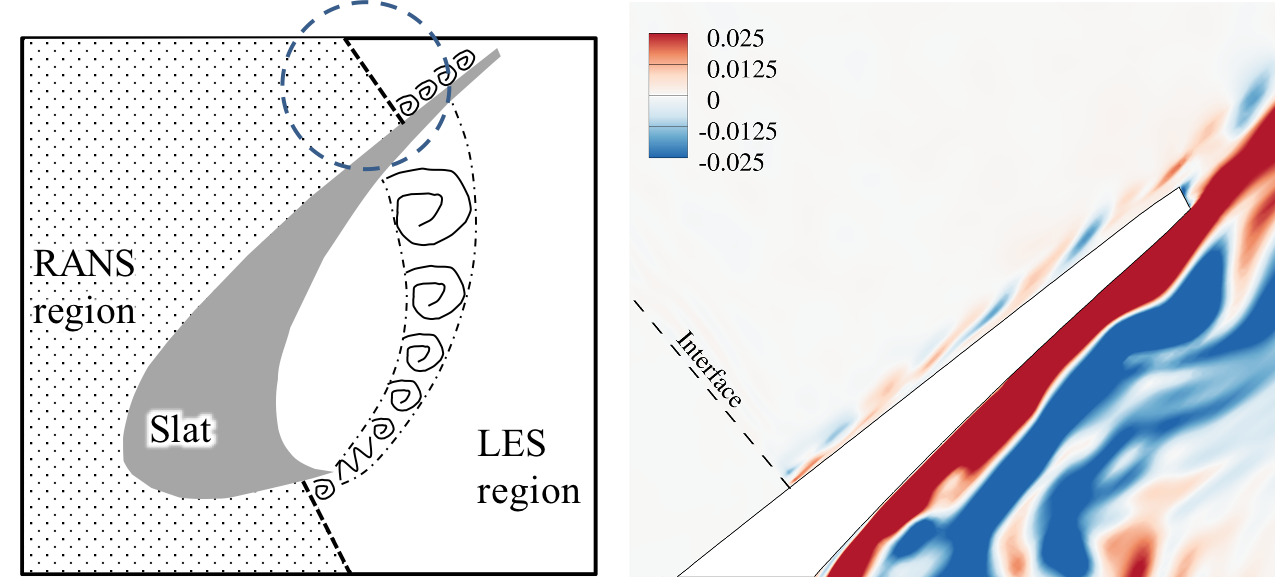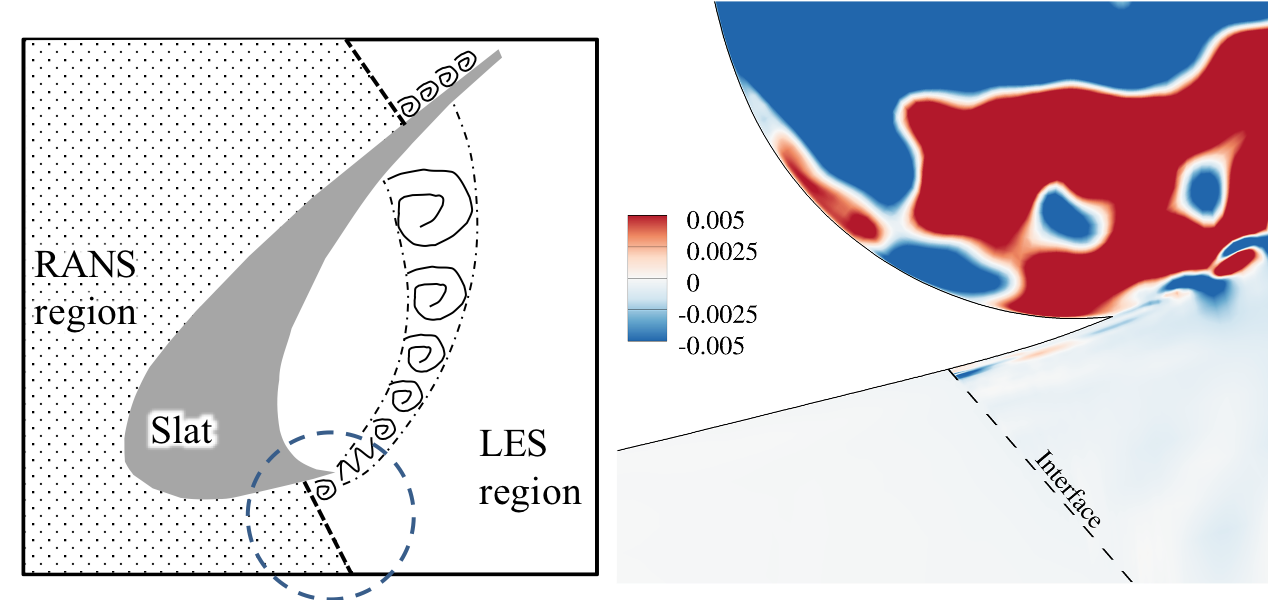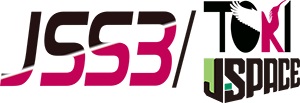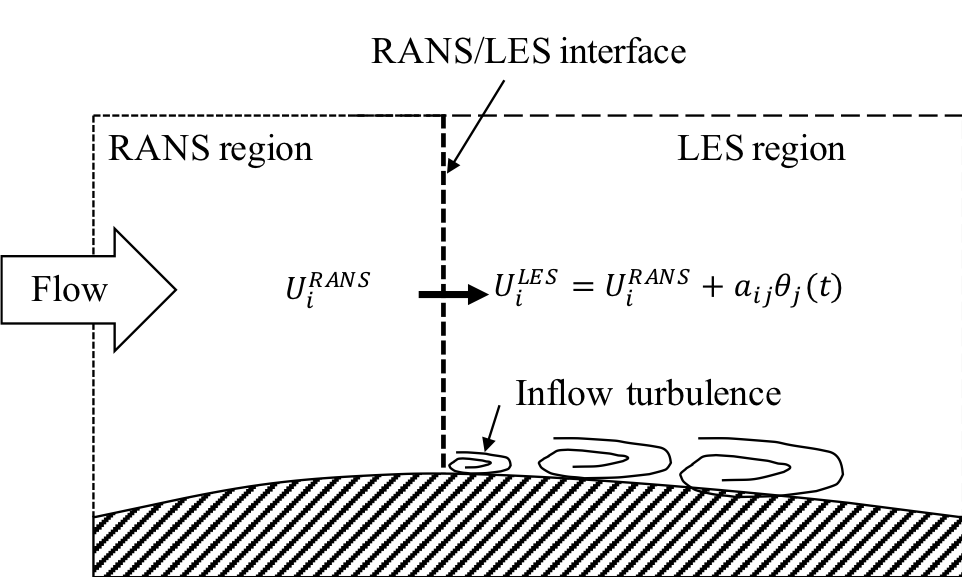Study for Embedded Large Eddy Simulation
JAXA Supercomputer System Annual Report April 2019-March 2020
Report Number: R19ETET21
Subject Category: Skills Acquisition System
- Responsible Representative: Takashi Aoyama, Aeronautical Technology Directorate, Numerical Simulation Research Unit
- Contact Information: Yoimi KOJIMA, Ph.D. Student, Department of Mechanical Systems Engineering, Tokyo University of Agriculture and Technology(y-kojima@st.go.tuat.ac.jp)
- Members: Yoimi Kojima
Abstract
We are developing new low-cost numerical simulation technology for aerodynamic problems, including transonic buffet and aeroacoustics. We aim to achieve high accurate simulation without expensive computational cost using Embedded-LES method. ELES allows us to execute embedded unsteady simulations that localize the high-numerical-cost region without suffering the accuracy of prediction.
Reference URL
N/A
Reasons and benefits of using JAXA Supercomputer System
The project needs vast computational resources so that we can validate the ELES method in turbulent flow conditions. Using the JAXA supercomputer system surely enhances our works by providing easy access to resources.
Achievements of the Year
In the past year, we have worked for developing the Embedded Large Eddy Simulation method so that we can get accurate results in numerical simulation of three-dimensional unsteady flow fields. Improvement of numerical schemes and its implementations for our code allowed us to use the ELES method for complex flow fields such as high-Reynolds number flow over a slat.

Fig.2: Instantaneous span-wise velocity field around a RANS/LES interface in the slat flow case (around the trailing edge)

Fig.3: Instantaneous span-wise velocity field around a RANS/LES interface in the slat flow case (around the cusp)
Publications
– Oral Presentations
Kojima, Y., Ishida, T., Hashimoto, A. & Aoyama, T., “Numerical Simulation of Unsteady Flow over a 30P30N Slat by Embedded-LES,” AIAA Scitech 2020 Forum (2020) AIAA2020-2065.
Usage of JSS2
Computational Information
- Process Parallelization Methods: MPI
- Thread Parallelization Methods: N/A
- Number of Processes: 1024 – 1728
- Elapsed Time per Case: 300 Hour(s)
Resources Used
Fraction of Usage in Total Resources*1(%): 0.11
Details
Please refer to System Configuration of JSS2 for the system configuration and major specifications of JSS2.
| System Name | Amount of Core Time(core x hours) | Fraction of Usage*2(%) |
|---|---|---|
| SORA-MA | 675,465.42 | 0.08 |
| SORA-PP | 49,231.91 | 0.32 |
| SORA-LM | 61.91 | 0.03 |
| SORA-TPP | 0.00 | 0.00 |
| File System Name | Storage Assigned(GiB) | Fraction of Usage*2(%) |
|---|---|---|
| /home | 47.68 | 0.04 |
| /data | 12,207.04 | 0.21 |
| /ltmp | 976.56 | 0.08 |
| Archiver Name | Storage Used(TiB) | Fraction of Usage*2(%) |
|---|---|---|
| J-SPACE | 97.58 | 2.46 |
*1: Fraction of Usage in Total Resources: Weighted average of three resource types (Computing, File System, and Archiver).
*2: Fraction of Usage:Percentage of usage relative to each resource used in one year.
JAXA Supercomputer System Annual Report April 2019-March 2020



